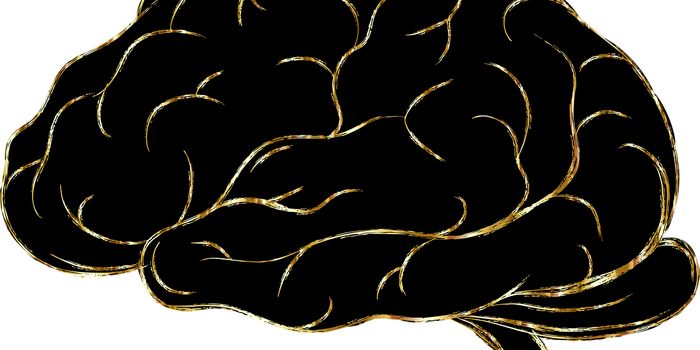A Worm Brain in a Robot?
In many science fiction movies, knowledge is uploaded directly to the brains of robots, some of whom are eerily human. With computer code and algorithms, some entity, usually an evil genius, tries to build an army of these robotic superhumans.
The concept that the human brain can be taken over with technology, implants and, of course, a brilliant but profoundly flawed villain to lead them is not uncommon in the genre of dystopian fiction and movies. Could it ever actually happen though? Could a living brain be placed into something mechanical and then begin to work? Well…sort of.
Scientists working on the OpenWorm project are attempting to create the first digital organism. Headlines would have you believe that an actual worm brain was placed into a Lego robot. Not exactly. What the project did was to recreate the electrical signals and patterns of a worm, but not just any old garden worm. The Caenorhabditis elegans, or C. elegans for short, is the rock star of neuroscience research. Its genome was the first multi-cellular organism that scientists were able to map. It has 302 neurons and was also the first organism to have a fully mapped connectome. The connectome is essentially the wiring diagram of the brain.
What the researchers at the OpenWorm Project were able to do is take that wiring diagram, and a whole lot of other information and turn it into the software. The project goal is to build a program that duplicates and performs the functions of the C. elegans. The team started with a cell by cell approach, figuring out what each neuron did and then building that into the software. What they did not do was program instructions into the software. The entire goal of the program was to see if the digitally created software "brain" of the worm could work in a robot as it functions in the living organism.
The team chose a simple robot to start, a Lego EV3 robot. After uploading all the data from the connectome, the researchers would stimulate sensors. In the C. elegans, when the nose touch sensor is activated, the worm will retreat. The same result happened with the software and the robot. When the software triggered a sensor, the robot behaved precisely as a worm does, backing up. When the smell sensor was activated, the robot advanced just as a worm does when it senses that food might be in nearby.
The robot was initially developed in 2014 and demonstrated, however, work continues on the project to get the technology to advance further. The original video of the robot can be seen here (https://www.youtube.com/watch?v=YWQnzylhgHc) Artificial intelligence is a large part of neuroscience research. The more that we learn about how brain cells fire and control the body, the better able we are to duplicate that process for those who have suffered brain injuries, illness or neurodegenerative decline. The OpenWorm project, including their code and other developments, are available as open source on various GitHub repositories. (While the bioethics concerning AI are complicated, finding a way to repair or replace brain functions that have been lost is crucial. The video below explains the details of the OpenWorm project and what applications it might have.
Sources: OpenWorm Project, I Programmer, Smithsonian









